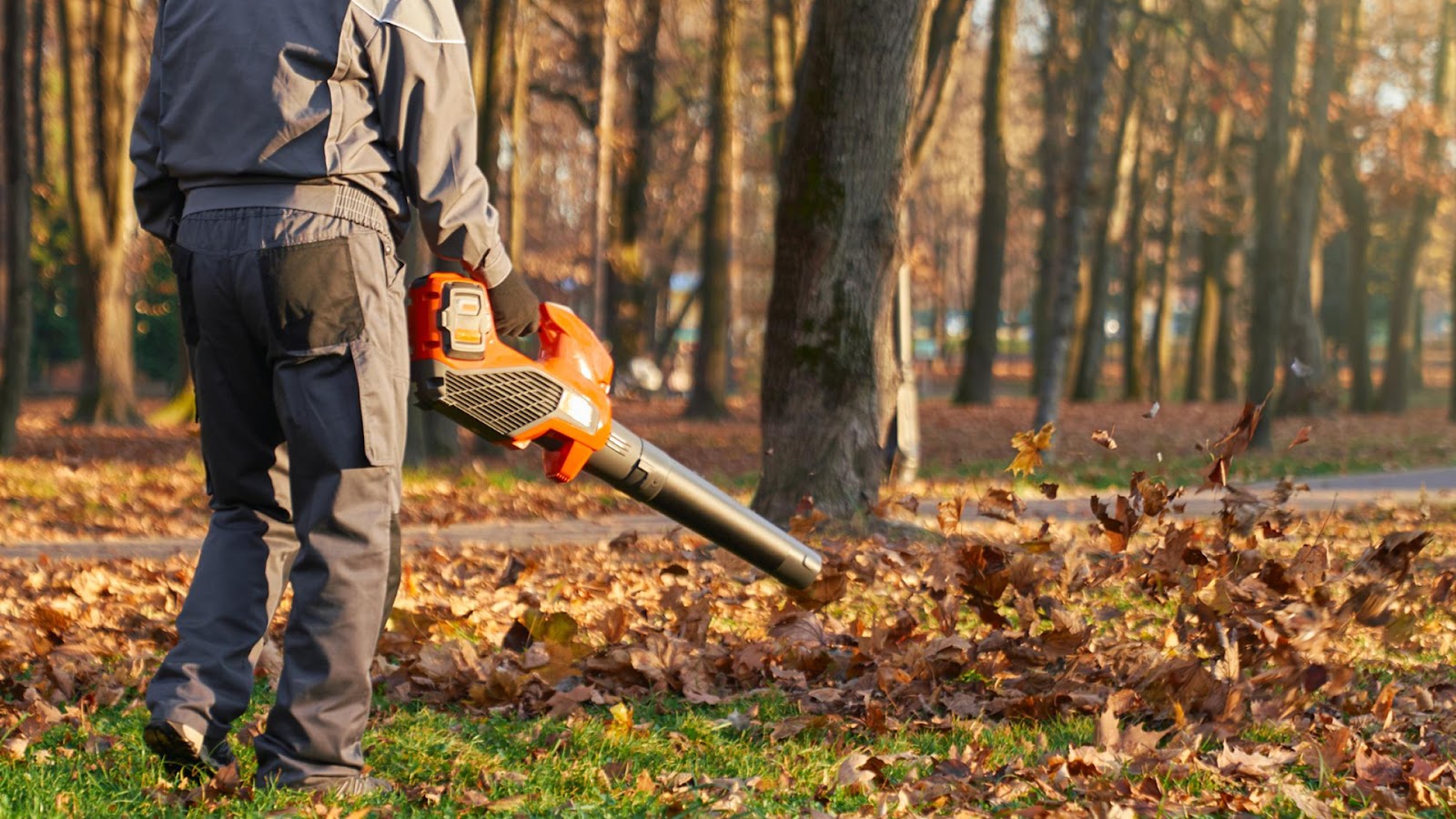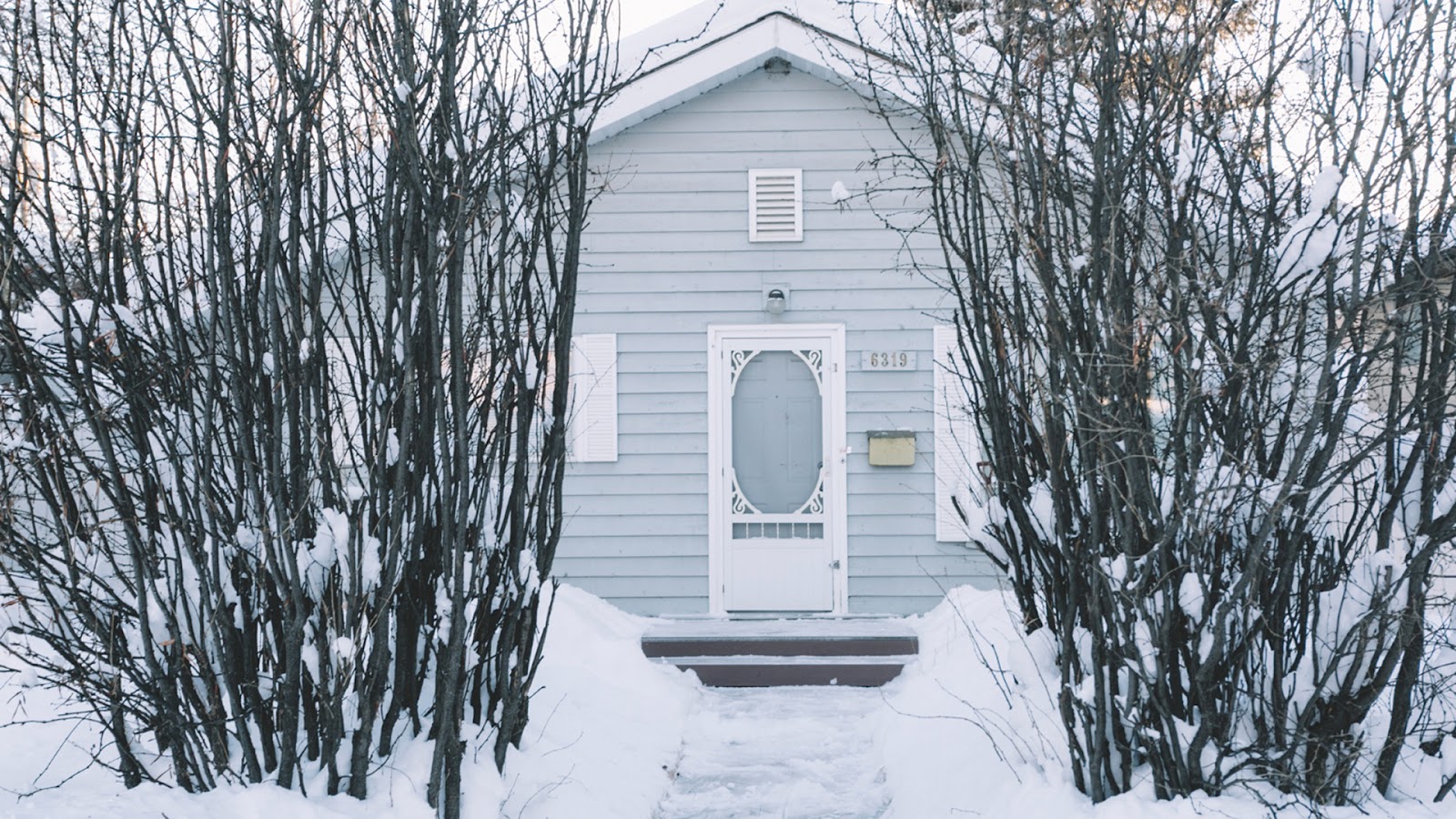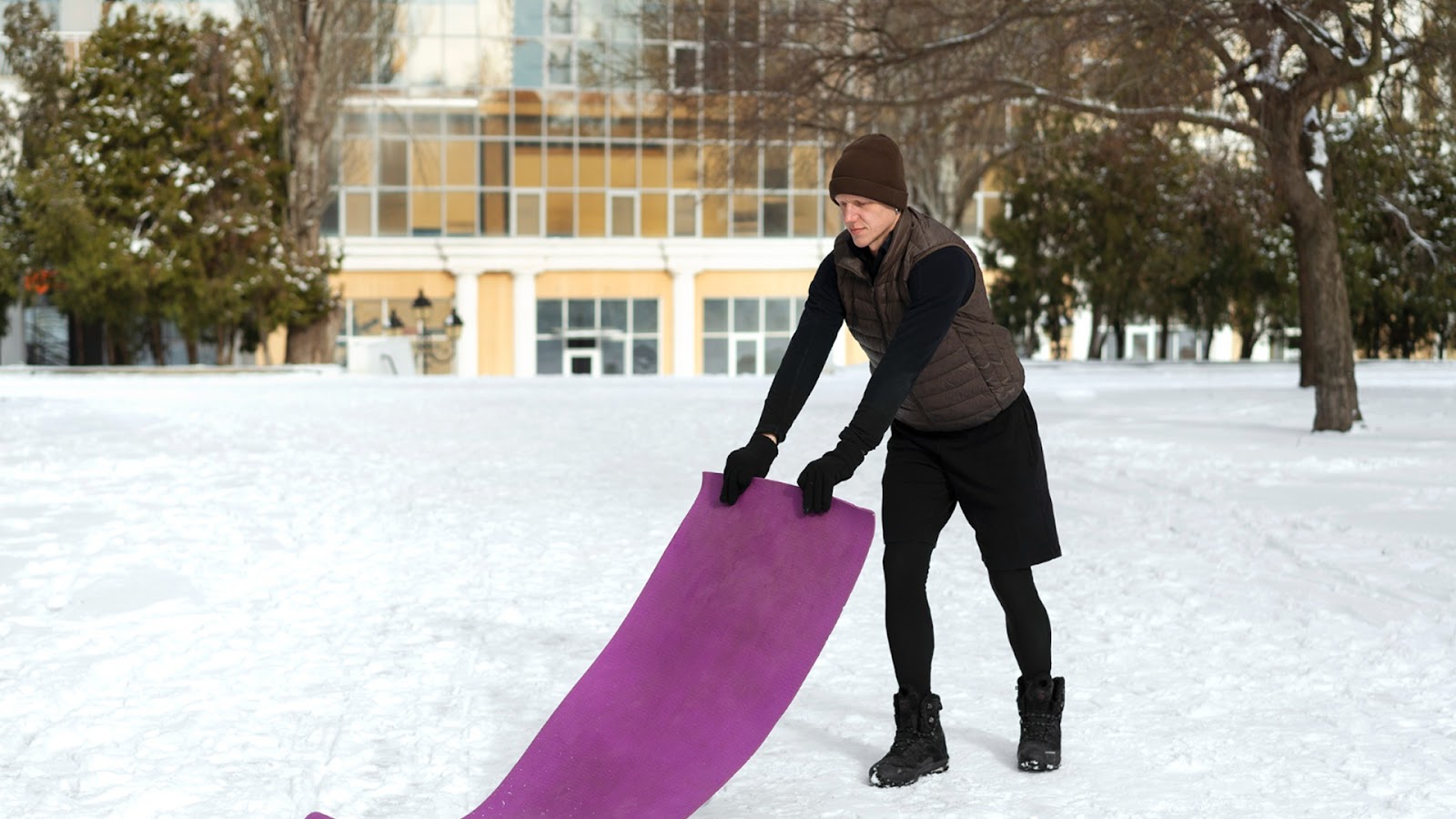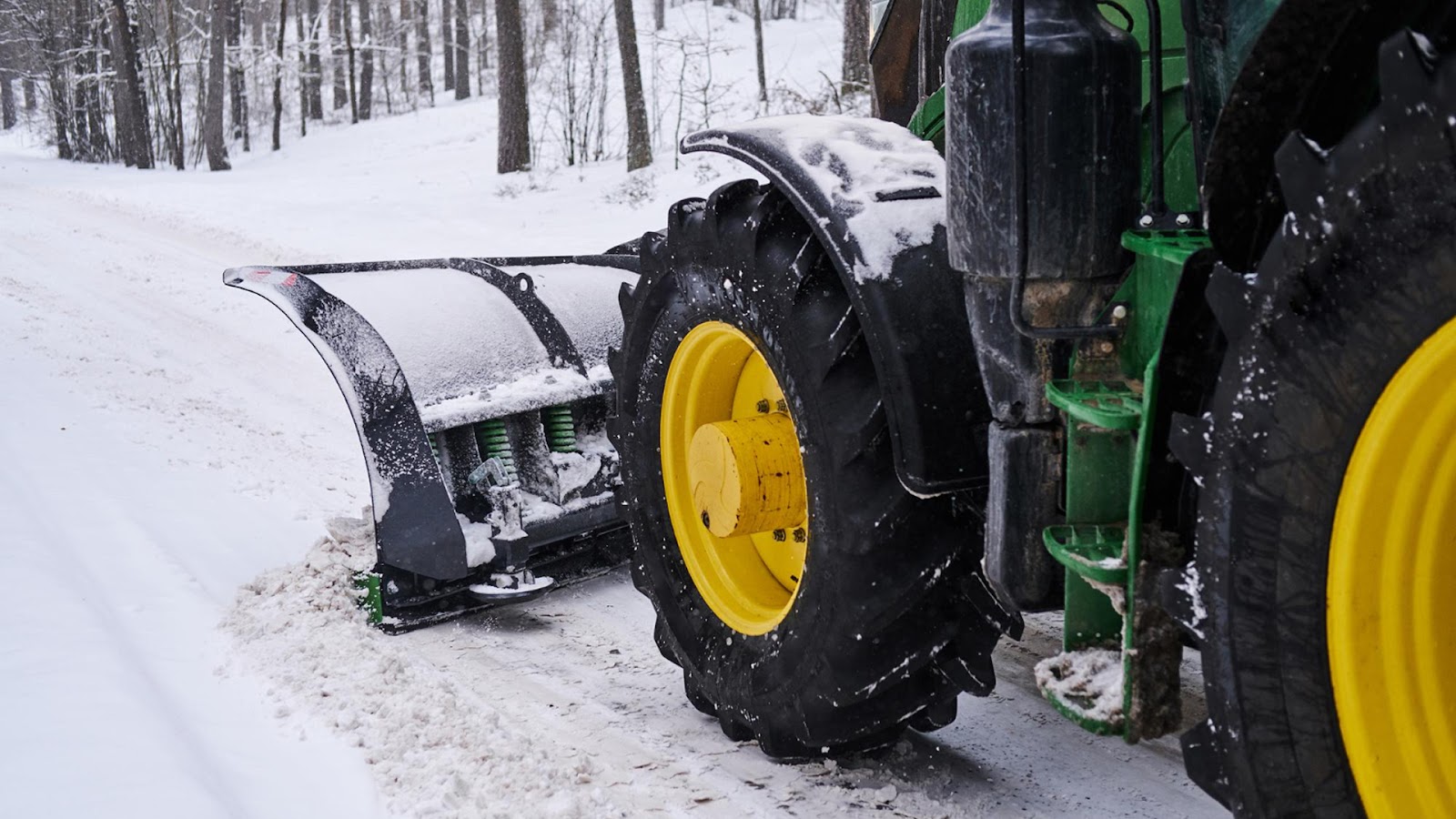Snow piling up on your driveway can quickly turn into a stressful chore. When icy patches form, the risk of slips and damage rises, making your daily routine more difficult and unsafe.
As a homeowner, you want a simple and effective way to tackle snow removal without wasting time or energy. That is where snow removal driveway hacks come in. These tools and techniques make clearing snow faster, safer, and more manageable.
In this article, you will discover innovative methods and practical tips that will transform your winter maintenance. Keep reading to explore the best snow removal strategies to keep your home safe and accessible.
Understanding the strengths and limitations of various snow removal methods empowers you to choose the best solutions for your driveway’s needs. Each option offers unique advantages depending on the snow conditions, budget, and physical effort tolerance.
Below, you’ll find comprehensive overviews and key points to help you confidently decide.
Snow blowers are mechanical powerhouses designed to clear snow efficiently, especially when large volumes or deep accumulations make manual shoveling impractical. Their design and features vary to accommodate different snowfall intensities and surface types, making them versatile tools for most homeowners.
When selecting a snow blower, it’s essential to understand the available types and key maintenance practices:
Pro Tip: Renting a snow blower is a smart alternative if you only need it occasionally, avoiding significant upfront costs.

Though primarily used for clearing leaves, leaf blowers can quickly and efficiently remove light, powdery snow before it compacts or freezes. They provide an easy solution for smaller surfaces where heavy equipment would be overkill.
Here’s when and how to make the most of leaf blowers for snow removal:
Chemical ice melting is a common strategy to maintain traction and prevent dangerous buildup, but the product choice impacts both effectiveness and environmental safety. Understanding the types of salts and alternatives allows you to select solutions that protect your driveway and surroundings.
Consider these essential aspects of snow-melting chemicals and homemade alternatives:

For those seeking a hands-off approach, heated driveway systems provide a high-tech solution that melts snow continuously and prevents ice formation. If you live in an area where it snows regularly in the winter, you can opt for these solutions.
They require upfront investment but significantly reduce winter maintenance time and hazards.
Understanding the options and costs helps in making an informed decision:
When applied before a storm, liquid de-icers prevent snow and ice from bonding to driveway surfaces. This preemptive strategy reduces manual labor and improves safety by minimizing ice buildup.
Key points to consider with liquid de-icers include:
Manual snow removal is often unavoidable, and using ergonomically designed tools can make the process safer and more comfortable. Snow pushers and ergonomic shovels reduce strain and improve efficiency when clearing lighter snow.
Here’s what to know when choosing manual tools:
Repurposing a wet/dry vacuum as a snow blower is a clever solution for small areas with light snow. You can effectively direct air to blow away powdery snow using the exhaust side.
Consider these practical points:

Preventing snow accumulation altogether can save significant effort. Heavy-duty tarps placed over driveways or walkways before a storm can keep these surfaces snow-free.
Essential tips for tarp use:
Choosing the proper snow removal method makes managing winter easier and safer. By understanding and using these innovative solutions and additional simple hacks, you can keep your driveway clear, reduce effort, and stay safe all season long.

Beyond innovative tools and systems, several simple, practical hacks can make your snow removal efforts quicker, safer, and less physically demanding.
These easy-to-implement tips help you prevent common challenges like snow sticking to your shovel, slippery surfaces, and unnecessary strain during heavy snowfall:
Implementing these easy hacks will streamline your snow removal process, lessen the workload, and enhance safety around your home.
When selecting a snow removal method, evaluating how well it fits your situation is essential. Here are the main factors to consider:
Consider the following:
Keep these points in mind:
Consider these:
By balancing these factors, you can choose snow removal options that deliver the best results for your needs, budget, and environmental priorities.
Winter snow removal can be challenging. However, with various innovative and straightforward methods, you can keep your driveway clear and safe with less effort. Choosing the right tools and preparing ahead are key to managing snow efficiently and reducing winter stress.
At Percy’s Lawn Care, we have proudly served Buffalo, Amherst, and Cheektowaga since 1999. As a family-owned business with two generations of expertise, we combine local knowledge with personalized care to maintain beautiful, functional outdoor spaces year-round.
Every project we undertake reflects our commitment to precision, sustainability, and your satisfaction. We focus on eco-friendly practices that protect your lawn and environment while tailoring our services to meet your needs.
From free on-site consultations and customized planning to meticulous execution and ongoing quality control, we deliver lasting results.
Count on us to keep your driveway and property safe, accessible, and pristine all winter. Contact us today to schedule your snow removal service and experience the Percy’s Lawn Care difference firsthand.
1. How does snow affect the long-term health of my driveway?
Repeated snow and ice exposure can cause cracks and surface degradation over time. Freeze-thaw cycles expand small cracks, leading to larger damage if not addressed promptly.
2. What are the safety risks of improper snow removal?
Ignoring snow buildup can create slippery conditions, leading to falls, vehicle accidents, and property damage. It also increases homeowners' liability risks.
3. Can snow removal methods impact nearby landscaping?
Yes. Excessive use of chemical de-icers or salt can harm plants and soil quality. Physical snow piles can smother grass or shrubs if not managed carefully.
4. How can I prepare my driveway for winter to minimize snow damage?
Sealing cracks, ensuring proper drainage, and applying protective coatings before winter help reduce damage from snow and ice accumulation.
5. Are electric snow removal tools better for the environment than gas-powered ones?
Electric tools generally produce less noise and zero emissions during use, making them environmentally friendlier. However, the electricity source and battery disposal also have an overall impact.
6. What maintenance should I perform on my snow removal equipment during the off-season?
Cleaning, inspecting for wear, changing oil (for gas models), and storing in a dry place help prolong the life of snow blowers and shovels.
7. How do weather patterns in my area influence snow removal choices?
Frequent light snow may require different tools than occasional heavy snowfalls. Local temperature fluctuations affect ice formation and influence product selection.
8. Is there an ideal snow depth where switching from shoveling to a snow blower is better?
Generally, snow deeper than 3 to 4 inches becomes difficult and time-consuming to shovel and may warrant using a snow blower for efficiency and safety.
9. Can proactive snow removal save money on driveway repairs?
Yes. Removing snow significantly reduces ice buildup and water infiltration, minimizing freeze-thaw damage and increasing a driveway’s lifespan.
10. How do I balance minimizing freeze-thaw damage and extending products?
Use de-icers sparingly, choose eco-friendly options, and combine chemical treatments with physical snow removal to minimize environmental impact while maintaining safety.